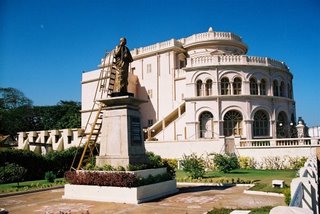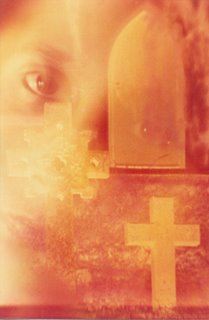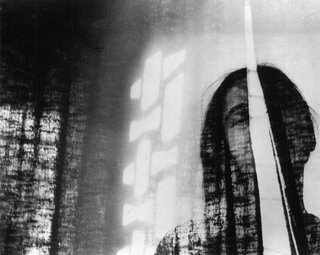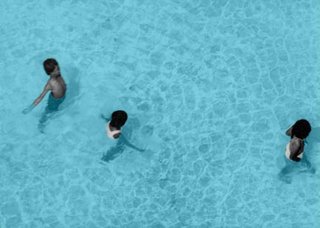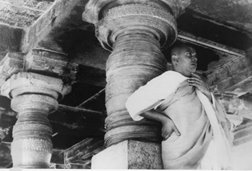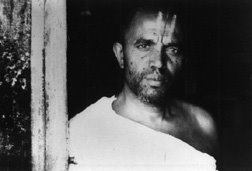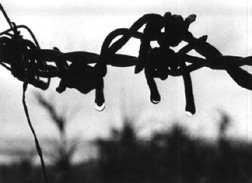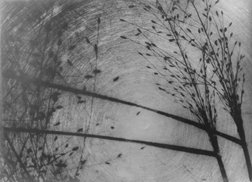Recognition of photography as an art form has been, contrary to logic and expectation, slow and gradual even though now implicit in international proclamations at various forums. That such acceptance is not ungrudging and somehow leaves an unexplained feeling of lingering doubt is a stupendous anachronism.

My pictures are composed by establishing an emotional rapport with the subject. While I do not scoff at the profusion of possibilities for variants with mechanical, chemical and electronic aids having limitless scope, my personal preoccupation has been with the aesthetic. This obsession has limited me to the gentle, rueful, poetic and melancholy and distanced me from the larger segment of reality.
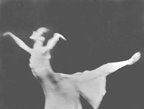
I am as much wearied of comprehension as of incomprehension. One thread, however, which binds the many lives I have lived and lost is an obsession to communicate, somehow, anyhow. I feel obliged to explain everything, including why the unexplainable is unexplainable, the easiest way of doing so being by talking incessantly.

If these pictures and words speak to you, then more words by me would only be in surfeit; on the other hand, if they do not tell you anything, then anything more that I say would be dismally worthless, compounding what is probably already an imposition.

I invite you to pry into my search for comprehension and beauty -- and into my discovery, alas, of the perpetual futility of the existence of life itself, especially the conscious form of human life, which has the ability to know its futility, but by and large succeeds in burying that knowledge deep in the recesses of its subconscious. As far as is known, humans are the only creatures conscious of their being, and constant seekers of subterfuges to escape the unbearable burden of this consciousness: that they are, that they exist.

Through these photographs and poems, as I sing to you of life, love, and loneliness, perhaps you will talk back to me.
Visit an abbreviated version of my gallery -
colour and
black and white, on my website.





